Bloat in Eld’s Deer During Capture and Chemical Immobilization
The Eld's deer (Rucervus eldii) is a deer species that is indigenous to areas of Southeast Asia. So...
Turns out, animals can’t really verbalize what’s going on all the time. In the Wild is a collection of pieces to help close that communication gap while growing the love and understanding between animals and those who care for them.
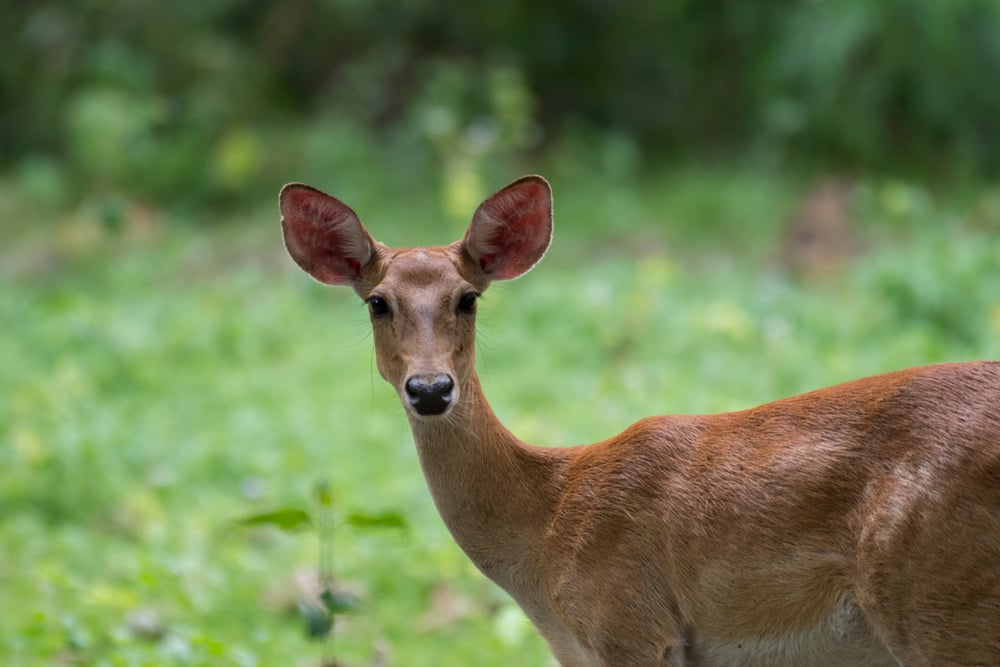
The Eld's deer (Rucervus eldii) is a deer species that is indigenous to areas of Southeast Asia. So...
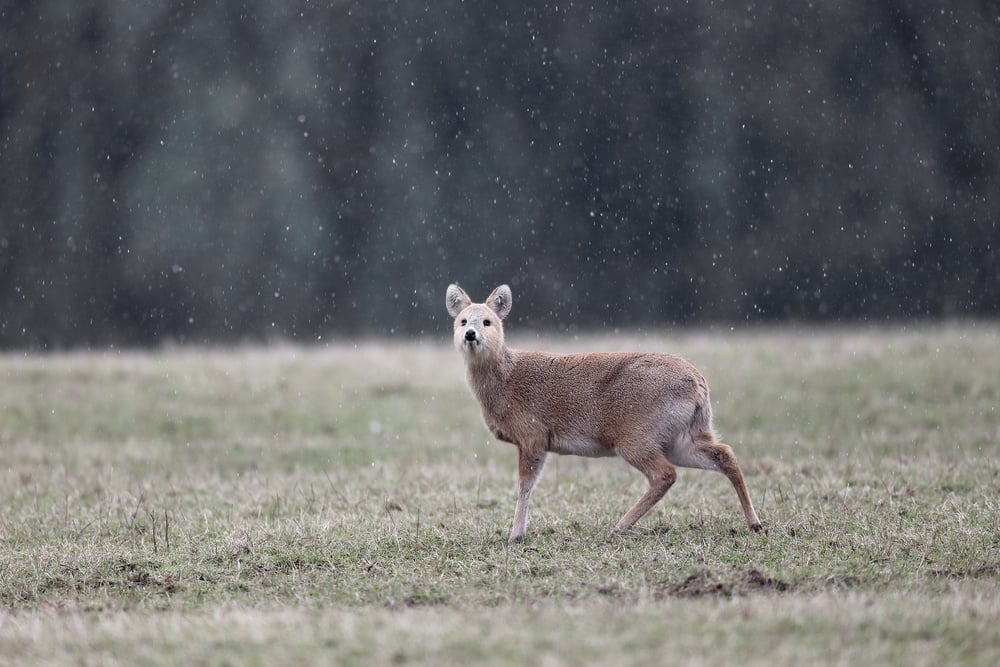
Frostbite is a cold-related injury in which body tissues begin to freeze. Frostbite can affect any...

There are dozens of deer species that are recognized worldwide, and deer occur on all continents...
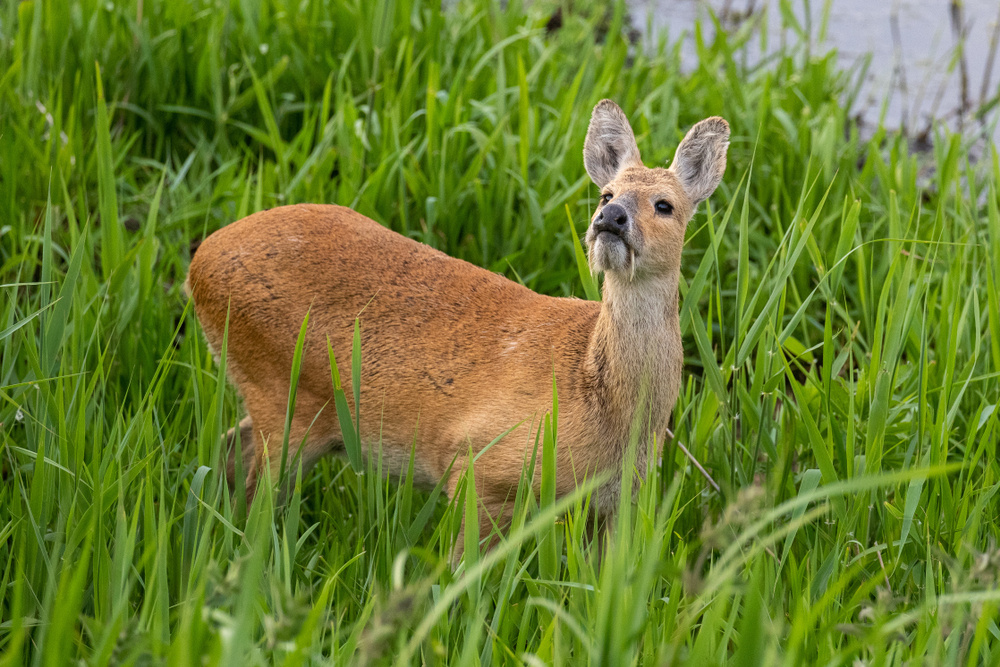
Capture events carry inherent risks to wildlife regardless of species or the method of capture...
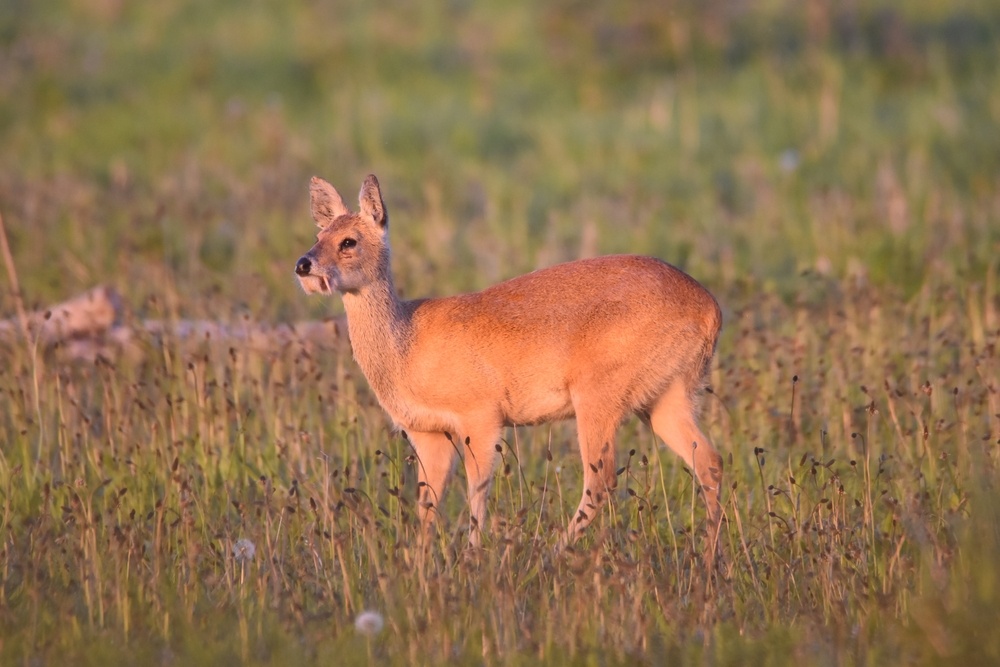
The chemical immobilization of Chinese water deer is sometimes necessary for the purposes of...
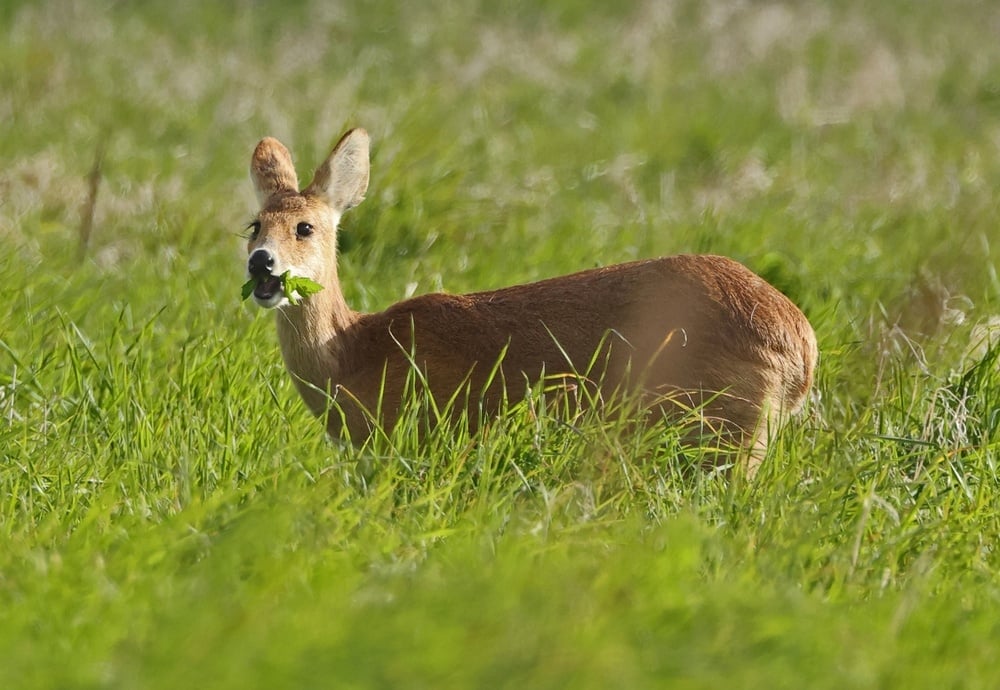
The Chinese water deer (Hydropotes inermis), or simply “water deer”, is a diminutive deer native to...
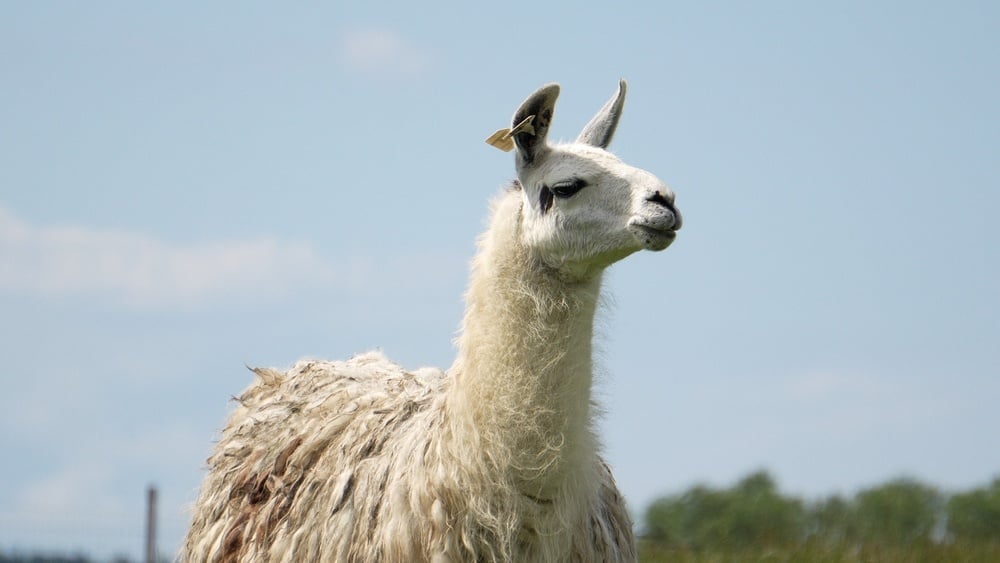
The llama (Lama glama) is a domesticated member of the camel family (Camelidae). This group of...
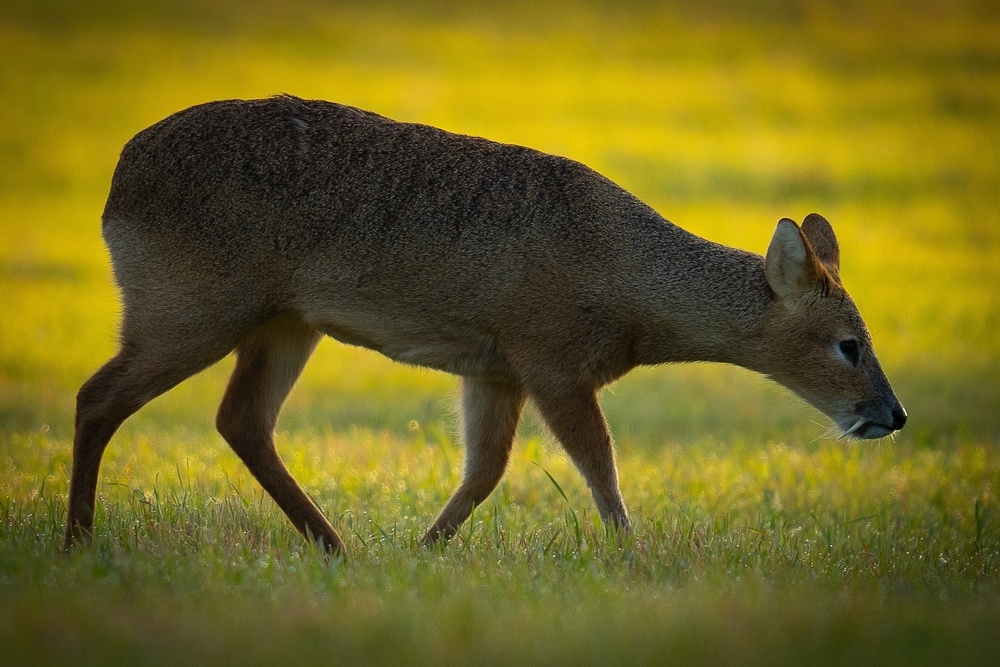
The Chinese water deer (Hydropotes inermis) is a small deer that is native to the river valleys of...
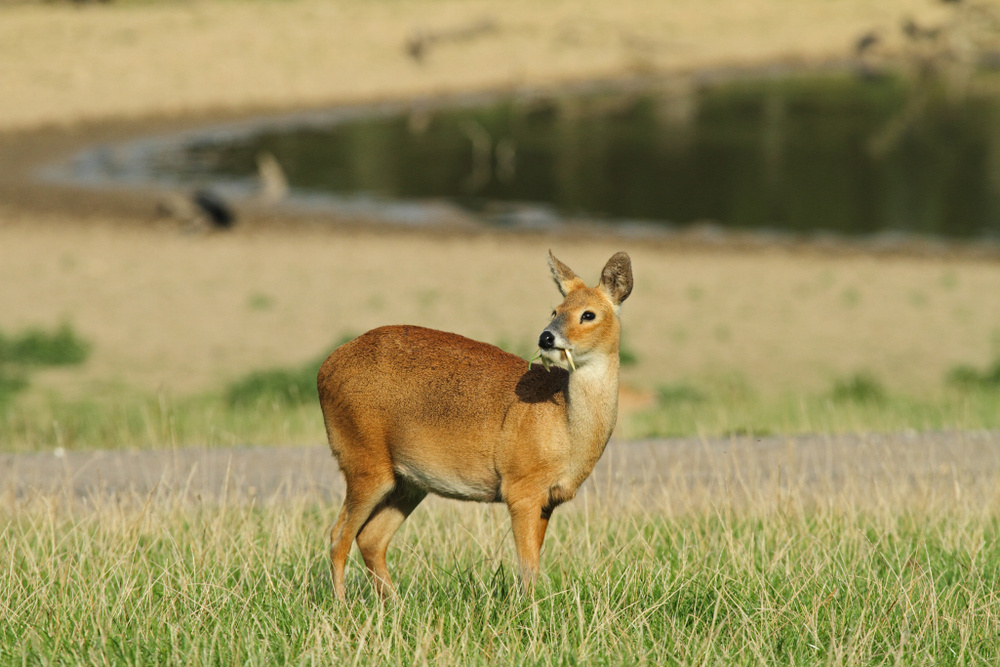
Deer are among the most well-recognized wild animals around the world. One of the more unusual deer...
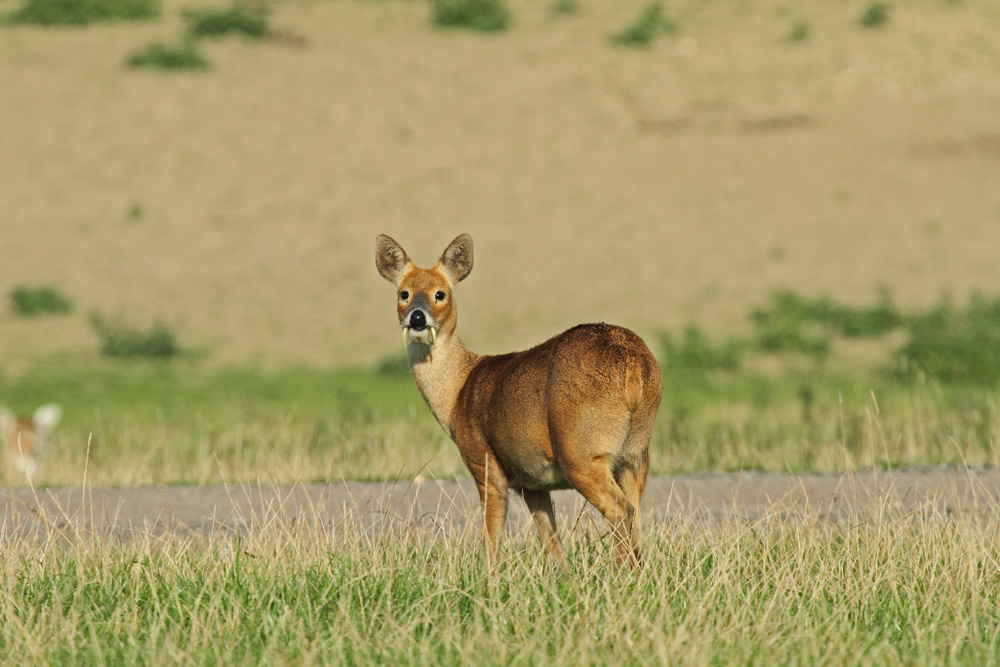
Deer are one of the most well-recognized and popular wildlife species in North America. One of the...
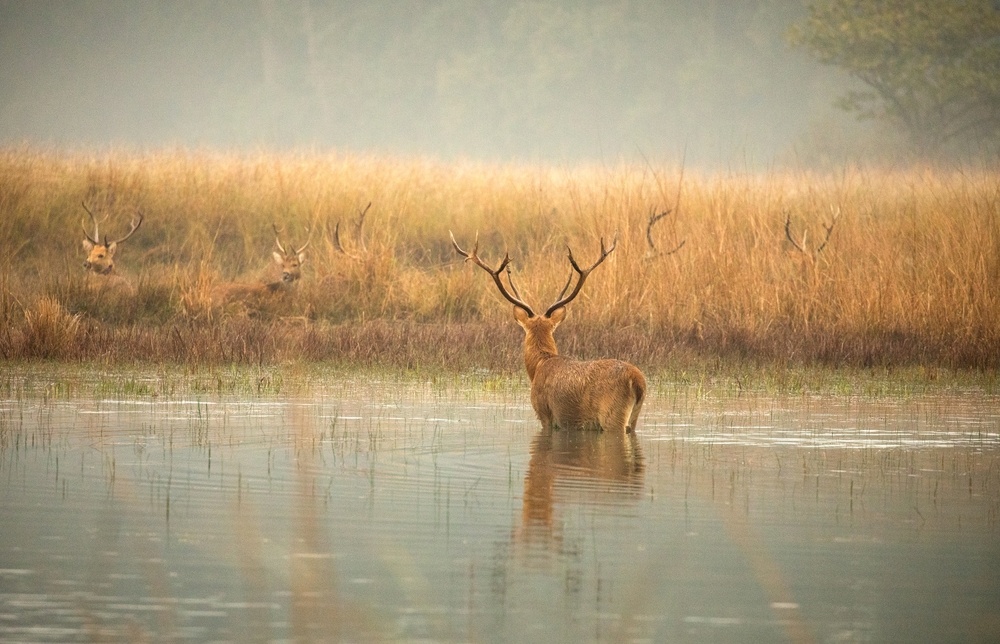
The barasingha deer (Rucervus duvaucelii), also called the swamp deer, belongs to the family...
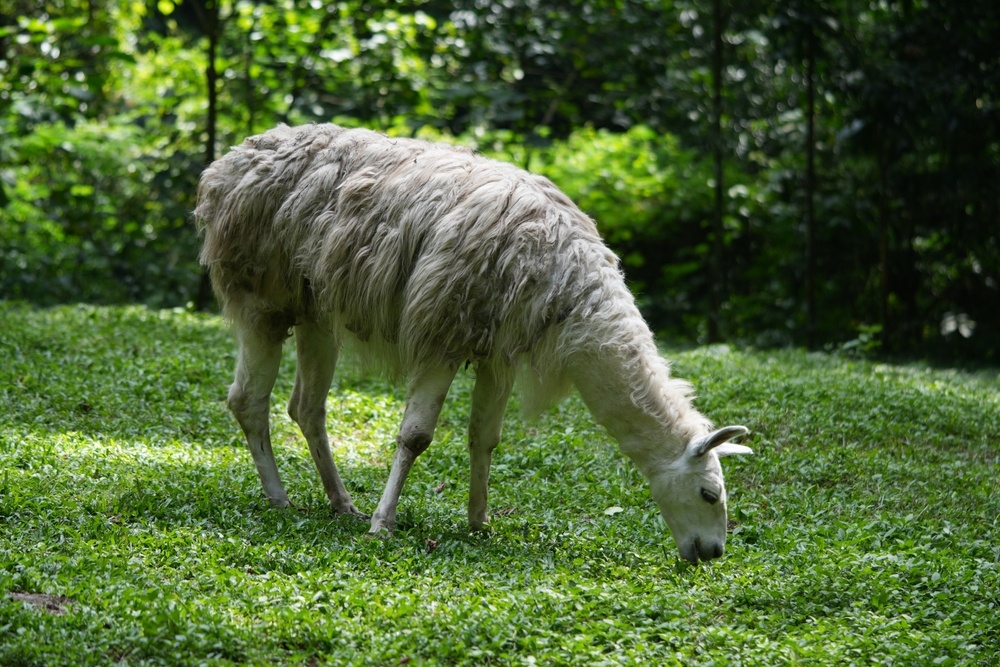
The llama (Lama glama) is a domesticated animal whose range encompasses the high Andes mountains of...

The llama (Llama glama) is a New World or South American camelid (family Camelidae), a group of...
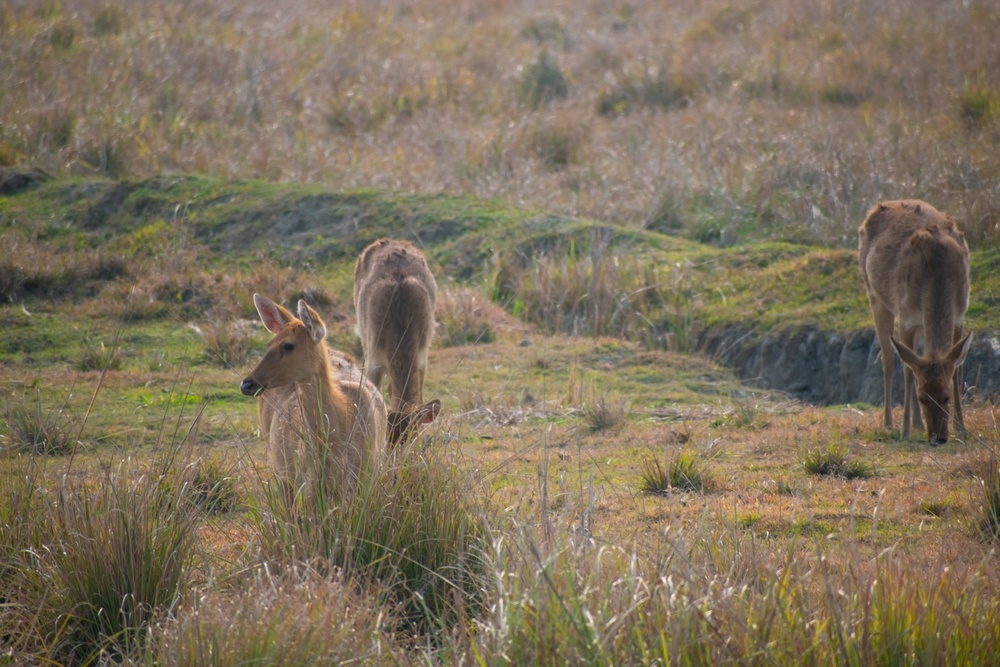
The barasingha deer (Rucervus duvaucelii) is one of the most widely-recognized deer of the Indian...

The capture and restraint of wild and captive deer is often necessary for the purposes of...